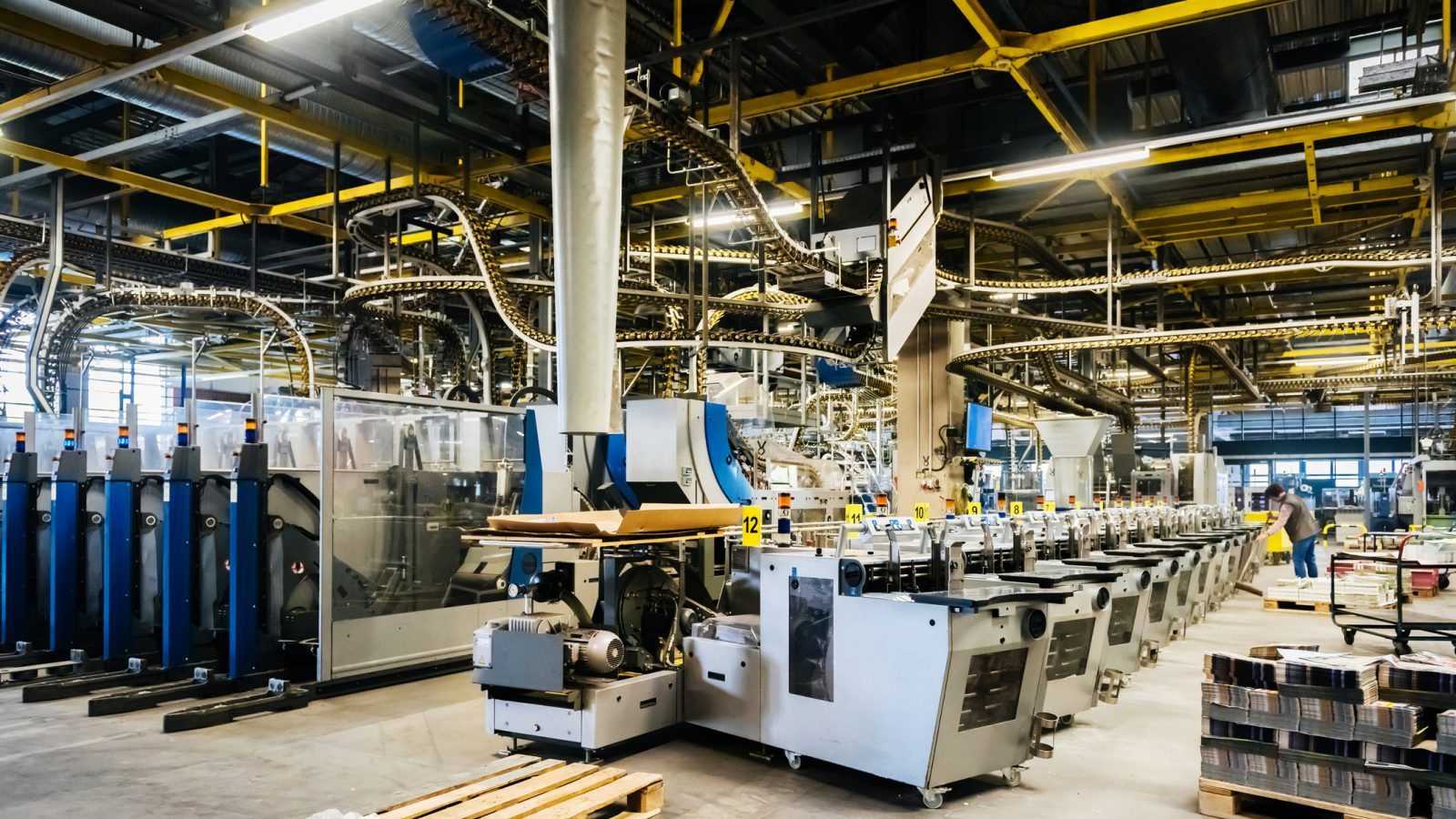A Second Chance in Manufacturing Pays Dividends

One of manufacturers’ top concerns is the insufficient number of skilled workers available to fill their open jobs. Yet right before us is an often-overlooked pool of millions of potentially strong employees: people with criminal records.
That’s why The Manufacturing Institute has partnered with Stand Together and the Charles Koch Institute to promote “second chance” hiring—to get these workers who need jobs into jobs that need them. Recently, the MI hosted its first webinar on the importance of this initiative and what manufacturers should know about it.
The data: One in three Americans has a criminal record, and yet this entire population is frequently discounted outright during employer job searches due to societal stigma and general misperceptions. During the webinar, the panelists shared some additional data:
- Of the approximately 19 million Americans with felony convictions on their records, some 1 million are incarcerated and some have aged out of the workforce, said Jeff Korzenik, author of “Untapped Talent: How Second Chance Hiring Works for Your Business and the Community” and chief investment strategist for Fifth Third Bank. “But millions are of working age, [and] virtually all of them are unable to participate to the fullest extent of their possibility, of their talents, because of barriers.”
Talent shortage: 814,000 manufacturing jobs were unfilled as of May, according to the Bureau of Labor Statistics.
- “Manufacturers continue to tell us that attracting and retaining workers remains one of their top challenges,” said MI Executive Director Carolyn Lee during the webinar.
- 2.1 million manufacturing jobs could go unfilled by the end of the decade if current trends continue, according to a recent MI and Deloitte study, and that “could mean the loss of up to $1 trillion in lost economic impact for the U.S.”
Worth the work: Employers who identify and support a strong candidate with a criminal record “get an employee who is on average more engaged and more loyal” than other workers, said Korzenik, who called this method of hiring the “second chance model.” This can lead to higher retention rates, saving an organization on turnover costs, he added.
- The model, which Korzenik developed, both identifies characteristics likely to lead to successful employment (strong character, soft and hard skills) and provides support processes (such as help with transportation to and from work) to help bridge gaps.
Living proof: Webinar panelist Cory Webb is a recent graduate of the Cuyahoga County, Ohio–based ACCESS to Manufacturing Careers, a program that trains both young people and people with criminal records for careers in manufacturing. He considers himself a testament to ACCESS’ success.
- “I started this program because I thought it would be a great opportunity for me to gain a career in manufacturing and machine operating,” said Webb, now an auxiliary operator for program participant Jergens Inc. The initiative “did a pretty good job as far as getting me prepared … for machine operating,” he said.
Learn more: The MI has released a host of resources for manufacturers interested in second chance hiring. You can find them here.
